- Home
- rotator cuff injury
- Rotator Cuff Injury/Subacromial Bursitis - Injuries and Poisoning - Merck Manuals Consumer Version
Rotator Cuff Injury/Subacromial Bursitis - Injuries and Poisoning - Merck Manuals Consumer Version
4.8 (526) · $ 6.50 · In stock
Rotator Cuff Injury/Subacromial Bursitis - Learn about the causes, symptoms, diagnosis & treatment from the Merck Manuals - Medical Consumer Version.
The rotator cuff is located in the shoulder. It comprises muscles and tendons that connect the bone of the upper arm, or humerus, to the shoulder blade, or scapula. They form a ball and socket joint that work together to create the most flexible joint in the body. Age, poor posture, injury, and excess lifting can increase the risk for damage to the rotator cuff. Injury can cause the tendons to become inflamed and, if left untreated, can become torn. Typically, rest and exercise therapy will help heal an injured rotator cuff. However, surgery is sometimes required.
1. Lie on stomach with involved arm hanging off edge of bed with thumb pointed out away from body.
2. Keep elbow straight and extend arm to trunk level while squeezing the scapula down and back.
3. Return to starting position.
4. Do 3 sets of 10 repetitions.
5. Add light weight as tolerated.
1. Lie on uninvolved side with pillow between arm and body on the involved side.
2. Bend involved elbow to 90°.
3. Squeeze the shoulder blade toward spine and downward.
4. Move forearm up by rotating at the shoulder, so the back of the hand is up toward the ceiling.
5. Slowly return to start position and repeat.
6. Do 3 sets of 10 repetitions, 1 time a day.
7. Add light weight as tolerated.
1. Lie on stomach with involved arm down off edge of table and thumb pointed out away from body.
2. Squeeze shoulder blade toward spine and downward.
3. Lift arm upward to shoulder level.
4. Lower arm toward the floor and repeat.
5. Do 3 sets of 10 repetitions, 1 time a day.
6. Special instructions
a. Do not let shoulder blade move when lifting arm.
b. Keep thumb facing up toward the ceiling.
1. Lie on stomach on bed with involved arm out to the side, off edge of bed and elbow bent to 90° with thumb toward the body.
2. Squeeze shoulder blade toward spine and downward.
3. Rotate forearm upward.
4. Return to start position and repeat.
5. Do 3 sets of 10 repetitions, 1 time a day.
6. Special instructions
a. Do not let shoulder blade move when lifting forearm.
1. Begin with arm at side, keep elbow straight and thumb up.
2. Move arm forward approximately 30°.
3. In this position raise arm up staying in a pain-free range.
4. Return to starting position.
5. Do 3 sets of 10 repetition, 1 time a day.
6. Add light weight as tolerated.
1. Place one end of elastic band to a secure object at waist level.
2. Place pillow or towel roll between elbow and body on involved side.
3. Grasp band in involved hand, with elbow bent to 90° and thumb up.
4. Externally rotate arm, then slowly return to start position.
5. Do 3 sets of 10 repetitions, 1 time a day.
6. Special instructions
a. Start with least resistance band.
b. Keep arm at side and elbow flexed at 90°.
1. Place one end of elastic band to a secure object at waist level.
2. Place pillow or towel roll between elbow and body on involved side.
3. Grasp band with involved hand, with elbow bent to 90° and thumb up.
4. Internally rotate arm (pull hand inward across body), then slowly return to start position.
5. Do 3 sets of 10 repetitions, 1 time a day.
6. Special instructions
a. Start with least resistance band.
b. Keep arm at side and elbow flexed at 90°.
1. Hold weight in hand on involved side.
2. Slightly bend hips and knees and support upper body with other hand placed on table or bed.
3. Bend elbow to 90° and raise elbow to shoulder height by retracting (squeezing) the scapula.
4. Return to start position.
5. Do 3 sets of 10 repetitions, 1 time a day.
6. Special instructions
a. Start with 1 to 2 pound (0.5 to 1 kg) weight (ie, a soup can).
Brought to you by Merck & Co, Inc., Rahway, NJ, USA (known as MSD outside the US and Canada)—dedicated to using leading-edge science to save and improve lives around the world. Learn more about the Merck Manuals and our commitment to Global Medical Knowledge.

Rotator Cuff Injury/Subacromial Bursitis - Injuries and Poisoning - Merck Manuals Consumer Version
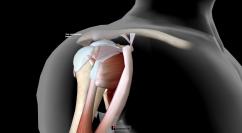
Rotator Cuff Injury/Subacromial Bursitis - Injuries and Poisoning - Merck Manuals Consumer Version

Rotator Cuff Injury/Subacromial Bursitis - Injuries and Poisoning - Merck Manuals Consumer Version
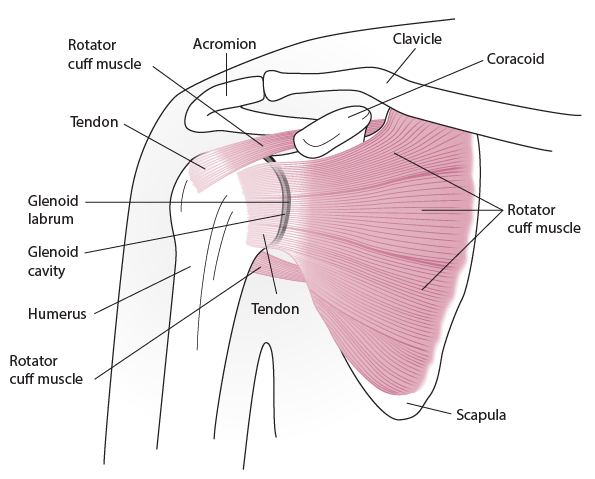
Rotator Cuff Injury/Subacromial Bursitis - Injuries and Poisoning - Merck Manuals Consumer Version

Rotator Cuff Injury/Subacromial Bursitis - Injuries and Poisoning - Merck Manuals Consumer Version

Rotator Cuff Injury/Subacromial Bursitis - Injuries and Poisoning - Merck Manuals Consumer Version

Pin en DOLOR DEL HOMBRO

Rotator Cuff Injury/Subacromial Bursitis - Injuries and Poisoning - Merck Manuals Consumer Version

Rotator Cuff Injury/Subacromial Bursitis - Injuries and Poisoning - Merck Manuals Consumer Version






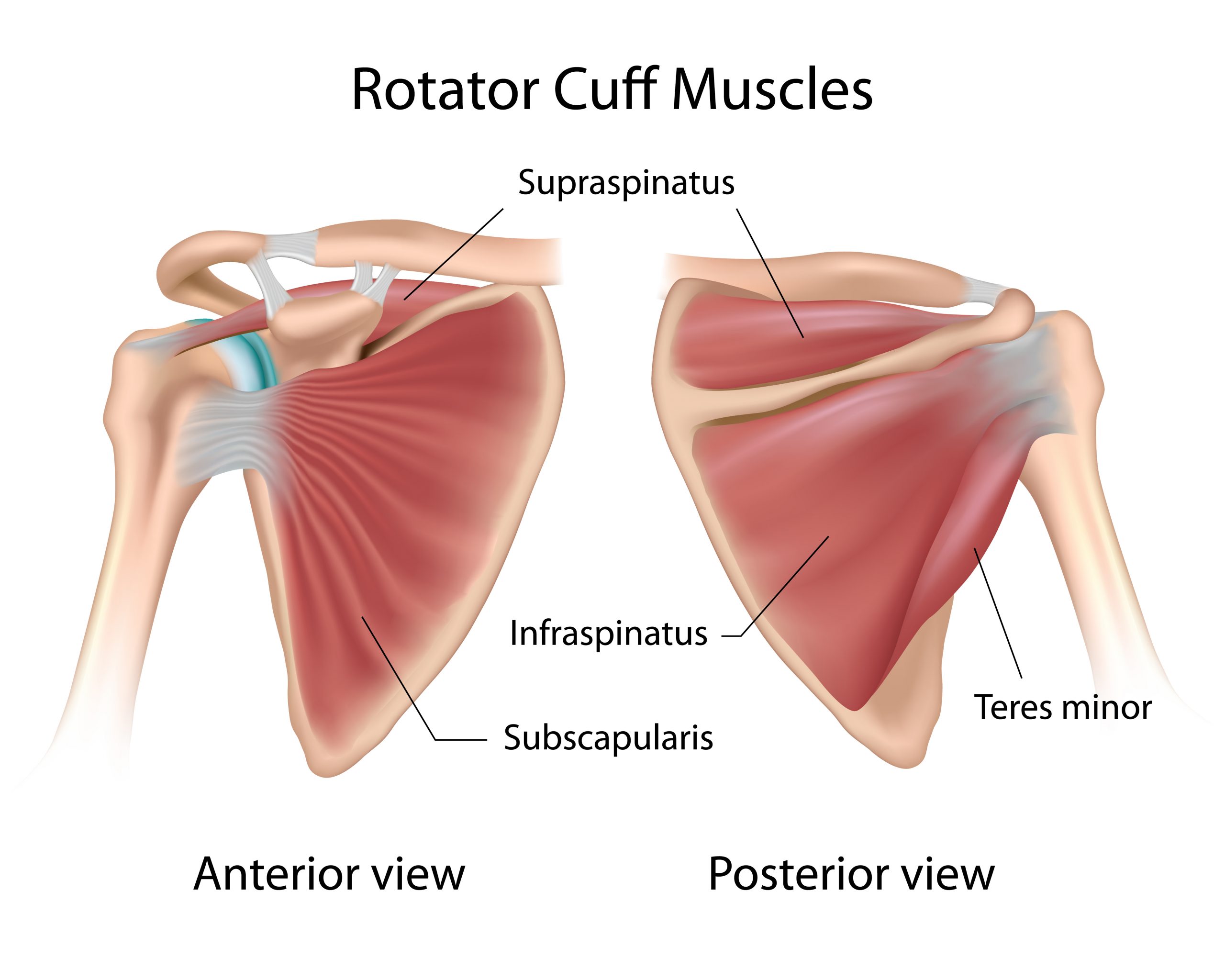
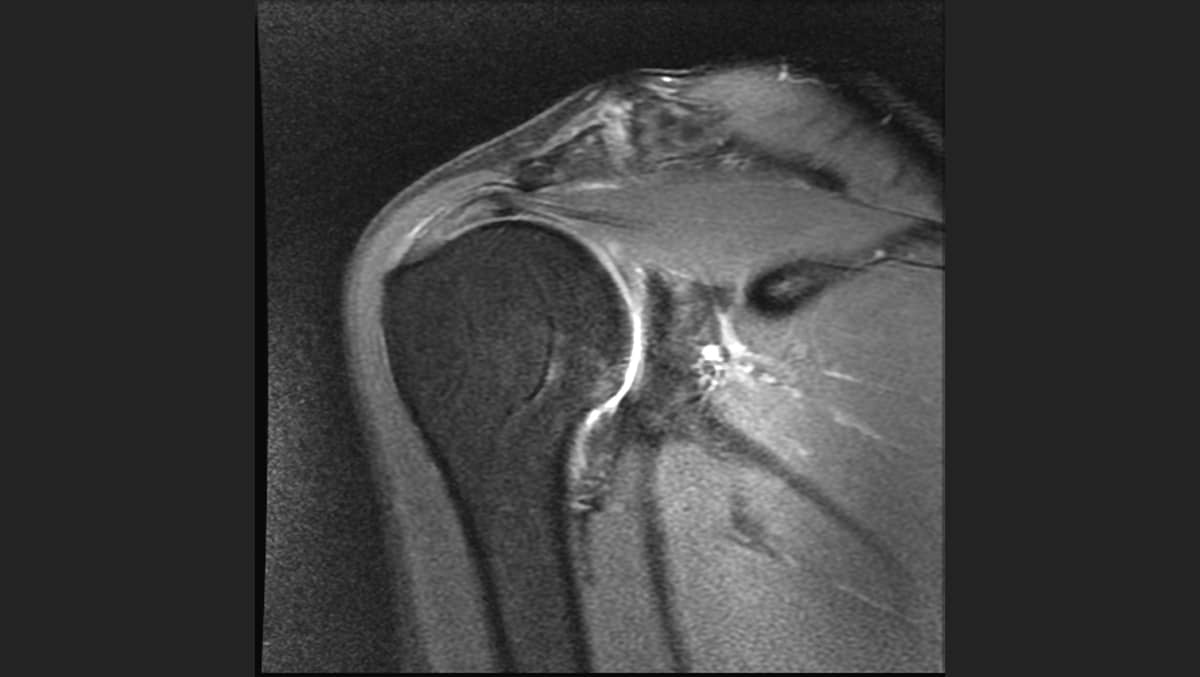
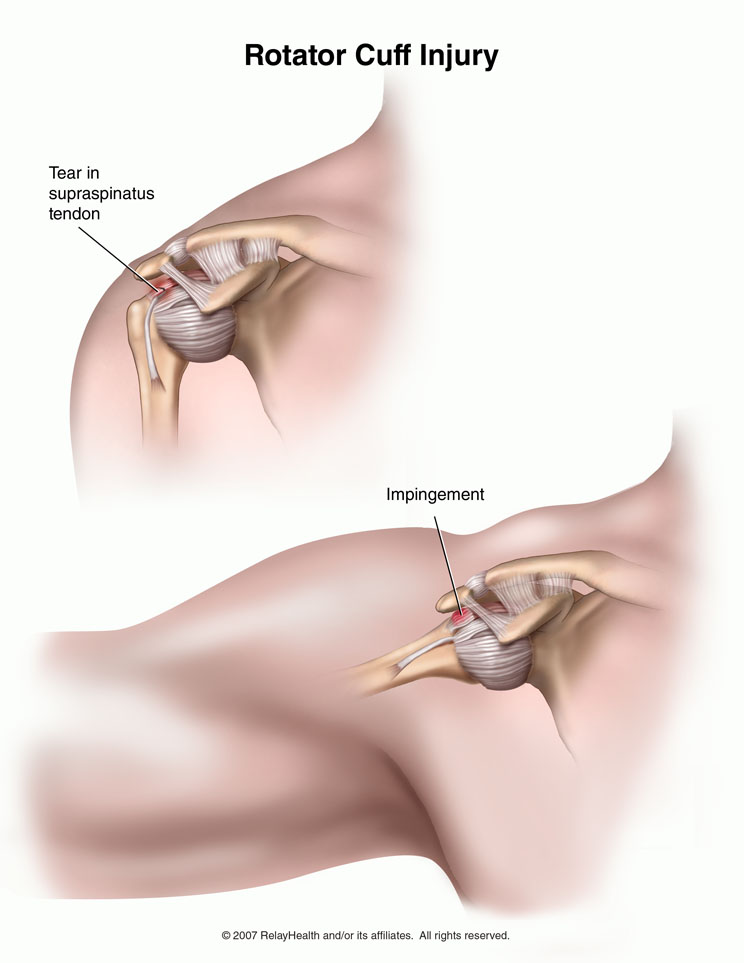
:max_bytes(150000):strip_icc()/rotator-cuff-tears-2549783_v3-c32bb455efd44e57a06216099488de98.png)
